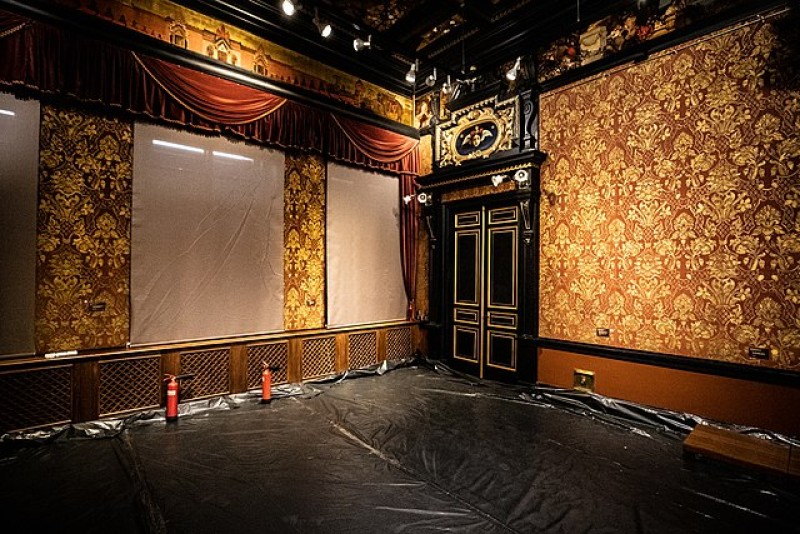Since Russia's invasion of Ukraine last year, the fate of Ukraine's cultural heritage has been a pressing concern.
The looting and intentional destruction of cultural heritage during times of war are considered war crimes under the 1954 Hague Convention. However, conflict inevitably creates black markets for looted art and antiquities—a multi-billion dollar industry, according to a 2018 report by Standard Chartered Bank.
In the early days of the war, museum curators worked tirelessly to protect their collections from looting or destruction, and their fears were confirmed over the year of war that followed.
This reality prompted the French museum to contact their Ukrainian counterparts to explore possible solutions.
"The Musée du Louvre seeks to contribute to the protection of Ukrainian cultural objects and the fight against their illicit trafficking," the museum stated.
To address this urgent need, since December 2022, Louvre staff have collaborated with their counterparts at the Bohdan and Varvara Khanenko National Museum of Arts in Kyiv to facilitate the transfer of sixteen of the most iconic works from the Ukrainian national collections to France in complete secrecy.
At the beginning of the war, the Khanenko Museum, which had already survived the first and second world wars, hid its collection but suffered damage when a missile struck just 40 meters from its walls.
Now, five of its works will be publicly displayed in Paris in an exhibition titled "The Origins of the Sacred Image."
As the Khanenko Museum specializes in Byzantine and Asian art, the artworks include four wooden icons created in St. Catherine's Monastery on Mount Sinai in Egypt in the 6th and 7th centuries CE, as well as a mosaic from 13th-century Constantinople.
"This collection of five icons illustrates both the classical heritage that underpins Byzantine civilization and the unique relationship to images introduced, characterizing artistic expression within Eastern Christianity," explained the Louvre. "These sacred art masterpieces still hold many mysteries and will be subject to extensive analysis and study. An international committee composed of Ukrainian scientists and international specialists in the field will oversee this highly anticipated research."
The Louvre also added that thanks to the team's unwavering efforts and substantial support from within and outside the country, the Khanenko Museum continues to fulfill its role as a cultural center and maintain ongoing dialogue with its audiences.



